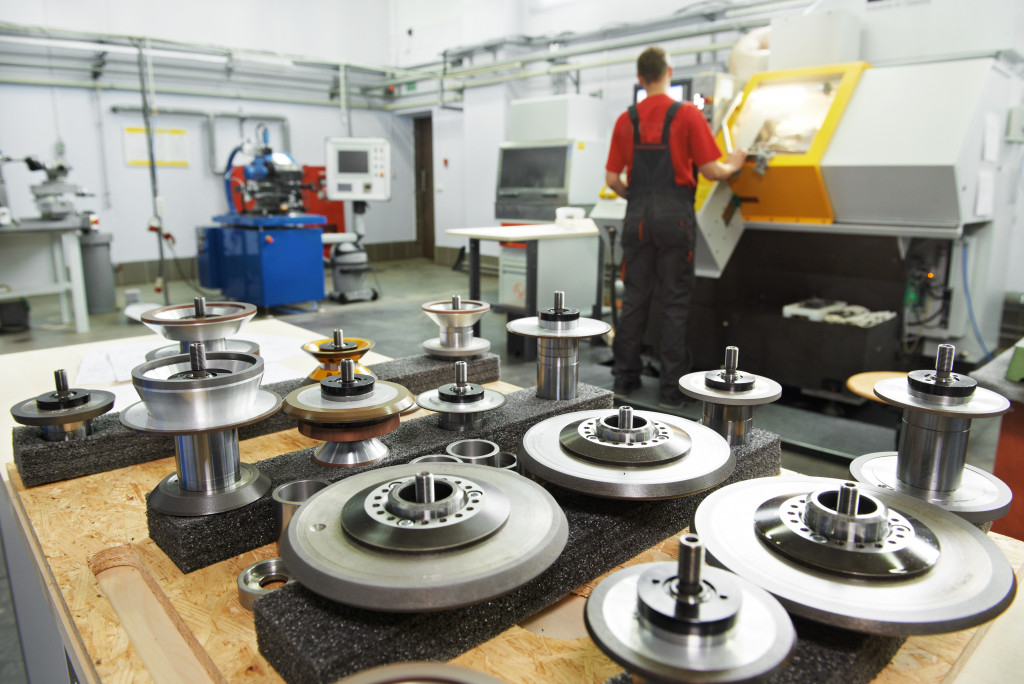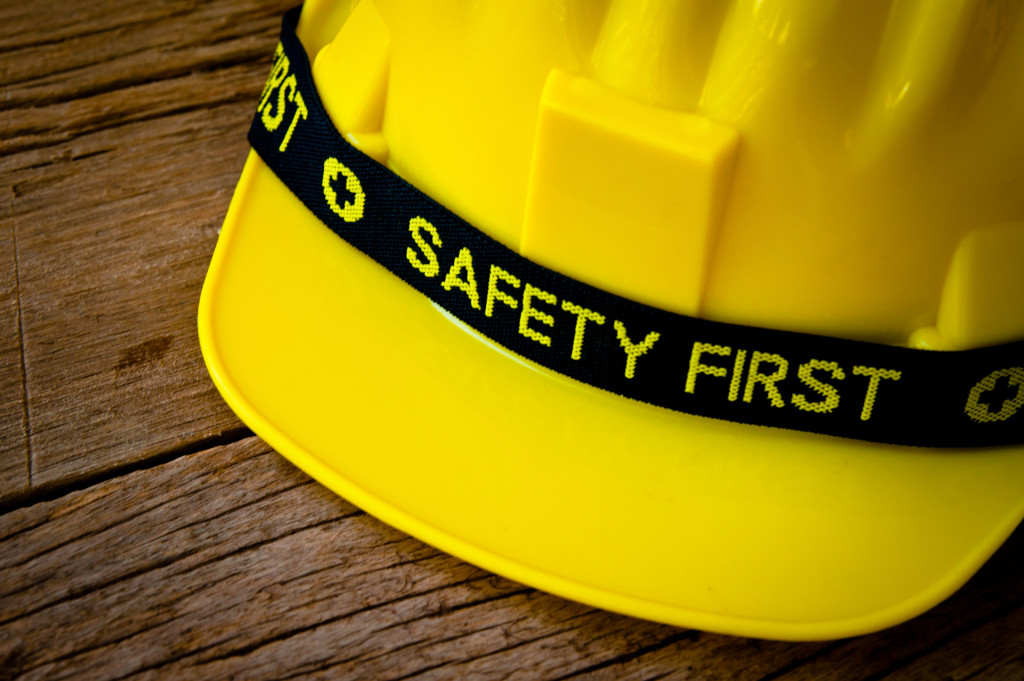- Consider the layout, safety protocols and regulations, best practices for manufacturing safety, and technological solutions when designing a manufacturing floor.
- Adequate lighting and space must be provided to ensure efficient workflow and productivity.
- Implementing industrial HMI systems enables more efficient and automated processes, leading to faster production times, improved product quality, and cost savings.
- IoT solutions provide real-time data that helps managers make better decisions while monitoring equipment performance, detecting potential breakdowns, and tracking worker movements.
Manufacturing plays a vital role in the success of any business. It is an integral part of the production process, allowing companies to create and supply goods for their customers. Not only does it help enterprises to meet customer demand, but it also provides them with a competitive edge over other businesses in the industry. According to the U.S. Bureau of Labor Statistics, manufacturing output accounted for 12% of the U.S. Gross Domestic Product (GDP). It is also estimated that jobs in this sector generate more than $2 trillion in economic activity annually.
In addition to its importance for GDP and economic activity, manufacturing can benefit businesses, including increased efficiency, lower costs, higher quality products, and better customer service. Manufacturers can reduce labor costs through automation and advanced technologies such as robotics and 3D printing while increasing production speed and quality control. This leads to faster turnaround times and higher customer satisfaction through quicker delivery and better product quality.
A strong manufacturing presence is critical for businesses wanting to succeed in a competitive market. As a result, you must focus on building a manufacturing floor for your business. Here are a few things to consider when designing and building a manufacturing floor for your business:
Mapping a Layout

When designing a manufacturing floor, it is critical to consider the layout of the space. The space layout should be planned carefully and strategically to ensure efficient workflow and productivity. It should allow for easy circulation of goods, materials, and personnel while also allowing for adequate safety measures.
A good layout will require several factors, including:
Safety
The manufacturing floor is full of heavy equipment and machinery that can cause serious injury if misused. Ensuring that the layout is designed with safety in mind is essential. This includes providing adequate space between machines, creating designated walkways, and using appropriate barriers to protect personnel and customers.
Lighting
Adequate lighting is essential for any manufacturing floor as it increases worker productivity and morale while also increasing safety. Lighting should be bright enough so that workers can quickly identify potential risks or defects in products and materials without straining their eyes.
Machinery
The type of machinery used in a manufacturing floor will depend on the specific needs of your business. It’s essential to consider which types of machines are required and where they must be located to maximize efficiency.
Space Requirements
It’s also important to consider the size of your manufacturing floor and how much space is necessary for each machine or process. This will ensure enough room for workers to move around safely while allowing for adequate safety measures.
Following Safety Protocols and Requirements

Adhering to safety protocols and regulations is essential for any manufacturing floor as it helps to ensure safe working conditions and protect personnel from harm. It also enables manufacturers to meet legal requirements and avoid penalties or other costs associated with non-compliance.
For example, the Occupational Safety and Health Administration (OSHA) has established various regulations employers must follow in the manufacturing industry. This includes providing adequate training to employees on proper safety procedures, ensuring safety equipment is properly maintained and used, providing clear instructions to personnel, and ensuring all machinery meets OSHA standards.
In addition to following safety protocols and regulations, manufacturers should adopt best practices for manufacturing safety. This can include installing guardrails for dangerous areas or moving hazardous materials away from high-traffic zones. Regular maintenance procedures can help ensure machines are in good working condition and reduce the risk of workplace accidents or injuries. Manufacturers should also regularly inspect their facilities and equipment to identify potential risks or hazards before they become a problem.
Finally, manufacturers should create an emergency response plan outlining how personnel should react in case of an accident or incident on site. This plan should include contact information for emergency services and designated meeting places where staff can gather to evacuate the premises. Following these steps will help ensure a safe working environment that meets all government requirements while allowing businesses to operate efficiently and profitably daily.
Utilizing Technological Solutions
Technological advancements will continue revolutionizing the manufacturing industry, and implementing new technologies can help businesses stay competitive. This includes adopting automation, artificial intelligence (AI), and other advanced technologies for performing mundane tasks or working with hazardous materials that would otherwise put personnel in danger.
Utilizing IoT solutions can also increase efficiency on the factory floor by providing real-time data that helps managers make better decisions. This data can monitor equipment performance, detect potential breakdowns before they occur, and even track workers’ movements to ensure they follow safety protocols.
Implementing industrial HMI systems is also an integral part of modern manufacturing. These systems enable more efficient and automated processes, leading to faster production times, improved product quality, and cost savings. Industrial HMI systems allow workers to access data in real time from multiple machines at once, allowing them to make adjustments quickly as needed. This lets managers monitor multiple production lines simultaneously, giving them better control over production processes.
Final Thoughts
Building a successful manufacturing floor requires careful consideration of the layout, safety protocols, technological solutions, and other factors. By planning and taking the time to research each element thoroughly, businesses can create an effective manufacturing floor that boosts overall productivity while meeting all legal requirements. With proper preparation and execution, any company can have a strong presence in the manufacturing industry.